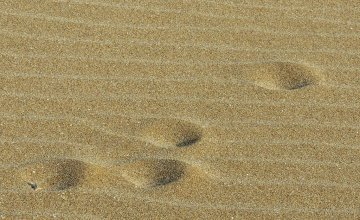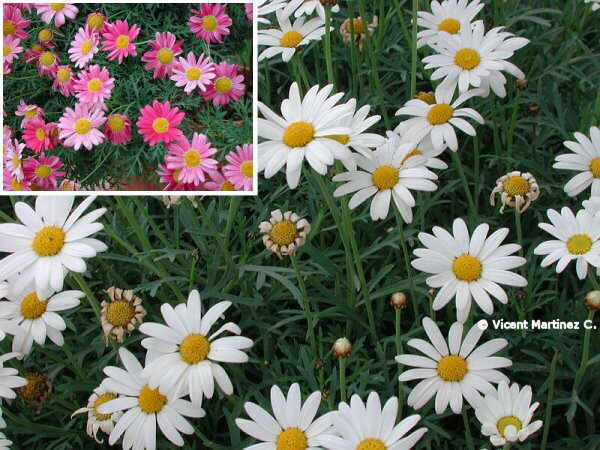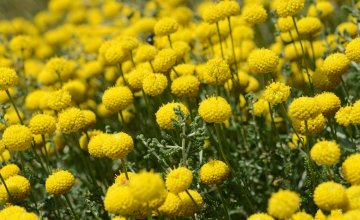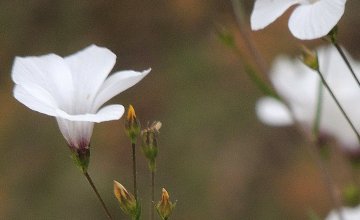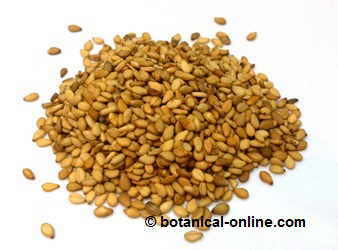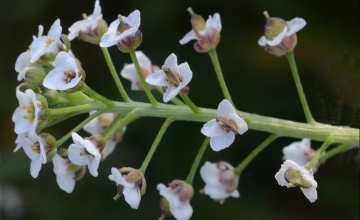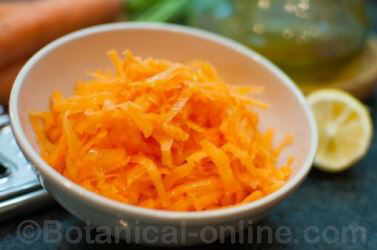Contents
How to cure tendinitis or bursitis with herbal remedies
Phytotherapy: Treatments with medicinal plants for tendinitis or bursitis
The primary role of phytotherapy in the treatment of tendinitis is to use plants that are intended to:
– Relax tense muscle areas.
– Alleviate pain
– Implementation of an antirheumatic herbal medicine in the case of tendinitis that haS this origin. (See more information on this section)
Internal use
– Willow: (Salix sp.) By its content in salicin, principle of aspirin. (Decoction of a pinch (2 gr.) from the dried bark per cup of water. Take two or three cups a day. Children from 4-10 years, half dose) Do not take in case of allergy to aspirin. A prolonged use can cause irritation of the stomach.
– Echinacea (Echinacea) The anti-inflammatory power of echinacea is useful for the treatment of injuries to muscles and tendons, especially those that are caused by stretching or repetitive movements in certain jobs or sports (computer work, workers in a chain, football players, of tennis, skiing, etc.).
These have, for example, tendinitis or bursitis. (Infusion of a spoonful of the dried plant per cup of water. A couple of cups a day) (May be taken as supplements in doses of 600 mg daily, divided into three doses)
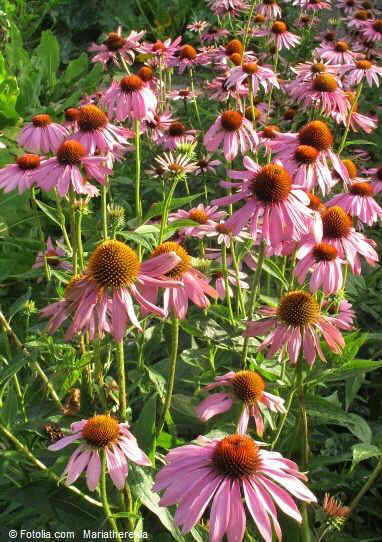
Echinacea flowers
External use
– Club moss (Lycopodium clavatum) Apply the dried plant in a piece of gauze over the painful area. Leave it on the area during sleep.
– Vervain (Verbena officinalis) (Decoction of a handful of leaves in water for 15 minutes. Wet a compress and apply to the painful area).
– Arnica: (Arnica mountain) Application of a lotion on the painful area with arnica ointment.
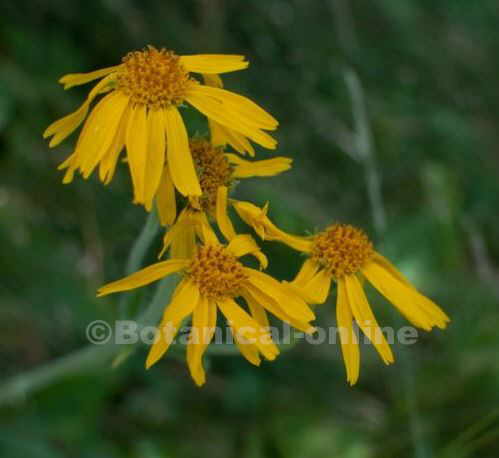
Arnica flowers
– Comfrey: (Symphytum officinale) Application of a lotion on the painful area with comfrey ointment.
– Agrimony (Agrimonia eupatoria) In case of bumps, bruises, sprains, muscle tears, tendinitis, etc (Pour 70 drops of fluid extract per liter of water. We will apply the previous liquid through a pad or gauze over the affected area.)
– Parietaria (Parietaria officinalis L.) (Application of a compress soaked with liquid from an infusion of a handful of dried leaf per liter of water)
DIET FOR LIGAMENTS: Food and ligaments
A diet rich in vegetables, especially with foods that contain magnesium and silicon helps to maintain muscles and tendons in good condition:
- Among the plants that contain a lot of magnesium we would mention: purslane, spinach, lettuce or asparagus,
- Plants with high silicon content are: parsley, nettles, – nettle soup is very suitable – or nuts.
Bromelain from pineapple, ideal for the treatment of ligaments
Bromelain from pineapple has anti-inflammatory properties making it useful to reduce the pain. Eating pineapple is a common feature among all the athletes to prevent inflammation of the tendons (tendinitis) or synovial sacs (bursitis)
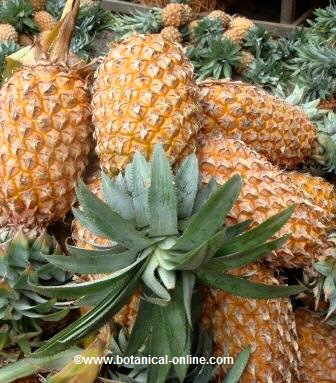
Eating pineapple helps treat join pain and other body pains
How to take pineapple
The practice of adding pineapple to salads, mixed possibly with papaya also contains bromelain, helps to overcome joint pain, not only of athletes but of all people in general. Back problems, sprains or dislocations may be less painful and heal before with a good diet rich in pineapple.
![]() More information on tendinitis.
More information on tendinitis.
TABLE OF COMMON PAINS
| Muscles and sinews | |
| Muscular atrophy | Bones and joints |
| Fibromyalgia | Joint pain |
| Spasms/ache/cramps | Back or spine ache |
| Muscle pain | Neck pain |
| Tendinitis | Sprains |
| bursitis | Dislocations |
| Others | |
| Stomach ache | Period pains |
| Sore throat | Headache |
| Toothache | Migraine |
| Earache |

